Isolated Systems
Explanation:
An isolated system is a physical system that does not interact with its surroundings. This means that no energy, matter, or information can be exchanged between the system and its environment. In other words, the total energy and mass within the isolated system remain constant over time.
Isolated systems are often used in scientific experiments and theoretical analysis to simplify the study of specific phenomena without external interference. Examples of isolated systems include a sealed container with no exchange of matter or a closed system where no energy transfer occurs with the surroundings.
Study Guide:
- Definition: Define an isolated system and explain why it is important in scientific research.
- Characteristics: List the key characteristics of an isolated system, including the conservation of energy and mass.
- Examples: Provide examples of isolated systems in everyday life and scientific experiments.
- Comparison: Compare and contrast an isolated system with other types of systems, such as closed systems and open systems.
- Applications: Discuss the practical applications of isolated systems in different scientific fields, such as thermodynamics, chemistry, and physics.
- Challenges: Identify any challenges or limitations associated with working with isolated systems, and propose potential solutions.
- Experiments: Design a hypothetical experiment that requires the use of an isolated system and outline the steps involved in setting up and conducting the experiment.
[Isolated Systems] Related Worksheets and Study Guides:
.◂Science Worksheets and Study Guides Sixth Grade. Birds and Mammals
Study Guide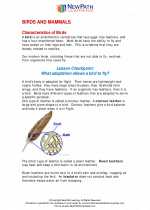 Birds and Mammals
Birds and Mammals  Activity Lesson
Activity Lesson Birds & Mammals
Birds & Mammals  Worksheet/Answer key
Worksheet/Answer key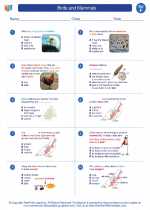 Birds and Mammals
Birds and Mammals  Worksheet/Answer key
Worksheet/Answer key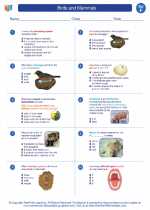 Birds and Mammals
Birds and Mammals  Worksheet/Answer key
Worksheet/Answer key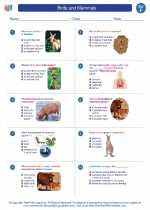 Birds and Mammals
Birds and Mammals  Worksheet/Answer key
Worksheet/Answer key Birds and Mammals
Birds and Mammals  Vocabulary/Answer key
Vocabulary/Answer key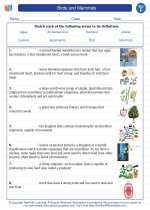 Birds and Mammals
Birds and Mammals  Vocabulary/Answer key
Vocabulary/Answer key Birds and Mammals
Birds and Mammals  Vocabulary/Answer key
Vocabulary/Answer key Birds and Mammals
Birds and Mammals  Vocabulary/Answer key
Vocabulary/Answer key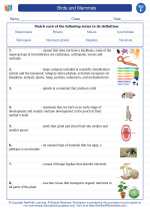 Birds and Mammals
Birds and Mammals  Vocabulary/Answer key
Vocabulary/Answer key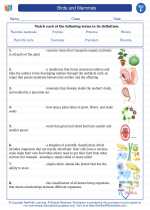 Birds and Mammals
Birds and Mammals 

 Activity Lesson
Activity Lesson
 Worksheet/Answer key
Worksheet/Answer key
 Worksheet/Answer key
Worksheet/Answer key
 Worksheet/Answer key
Worksheet/Answer key
 Worksheet/Answer key
Worksheet/Answer key
 Vocabulary/Answer key
Vocabulary/Answer key
 Vocabulary/Answer key
Vocabulary/Answer key
 Vocabulary/Answer key
Vocabulary/Answer key
 Vocabulary/Answer key
Vocabulary/Answer key
 Vocabulary/Answer key
Vocabulary/Answer key

The resources above cover the following skills:
LIFE SCIENCE
From Molecules to Organisms: Structures and Processes